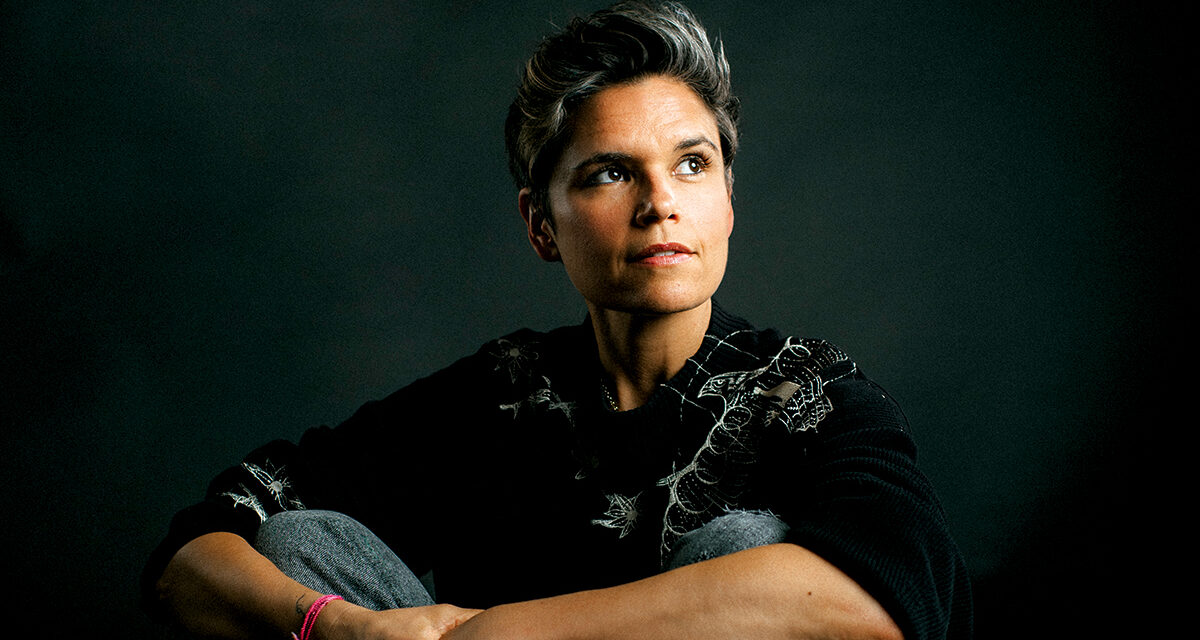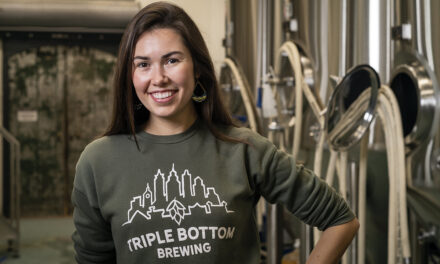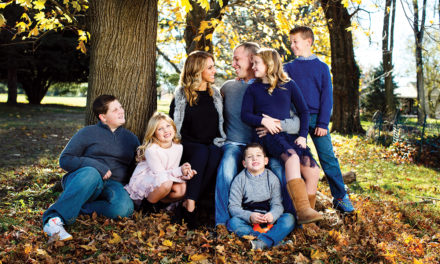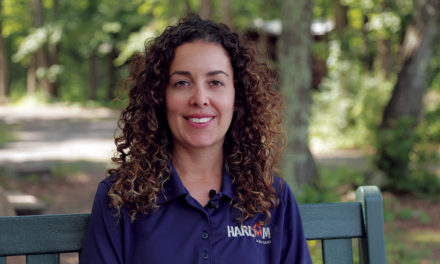Following a three-decade career reporting for 6ABC, pioneer news broadcaster Nora Muchanic is making the most of her retirement. While she doesn’t miss the daily grind, she is finding ways to scratch her reporting itch when she finds a story that really moves her.
Sitting on the floor of her home, Kate Fagan foam-rolled her fatigued muscles while simultaneously reading the pages she had recently written for her in-progress novel. Ever since she was a kid, Fagan dreamed of being a capital-N Novelist, the serious kind who makes a living off writing fiction. When she wasn’t playing basketball, she wrote, feverishly enough that she produced a complete manuscript by the time she was 25. “It was not good at all,’’ she says now with a smirk.
And so, Fagan then did what anyone who has tried to write for a living has done at one point or another. She bathed in a good dose of self-loathing, convinced herself that she was not really good enough to be a capital-N Novelist but might be just okay enough to be a journalist.
Turns out she was more than okay. She was, in fact, quite good. Fagan climbed the conventional journalism ladder quickly, moving on from small newspapers in New York to the beat reporter covering the Philadelphia 76ers for the Philadelphia Inquirer, within 2 years. By 2011, and only 6 years in the business, she landed at ESPN. There she eventually became sports famous as a regular on ESPN staple programming, such as Around the Horn and First Take. In between she penned a memoir, The Reappearing Act: Coming Out as Gay on a College Basketball Team Led by Born-Again Christians, about her experience at the University of Colorado, and a crushing but important work of non-fiction, What Made Maddy Run, about a University of Pennsylvania track athlete who died by suicide.
From the outside looking in, Fagan had, by all accounts, made it. “It’s one of those worlds where you’re making more money, and getting some of the things you thought you wanted when you were younger,’’ she says. “It took me a couple of years to realize, yes, but I’m more anxious, less happy and yet this is supposed to be the dream.’’ When her father, Chris, was diagnosed with ALS, it gave Fagan—in the very convenient parlance of a lifetime hooper—the game changer to fuel her courage for a pivot. She walked away from ESPN and sports writing, and she decided it was time to try to be what she’d always wanted to be—a novelist. “I was freed up to be more entrepreneurial about my writing career,’’ she says. “But then it was, ‘Okay, you left because you want to write; so, what is it that you want to write?’”
The answer didn’t come quickly, but eventually it arrived. Fagan’s debut novel, The Three Lives of Cate Kay, was published in January and became that month’s selection of Reese Witherspoon’s book club.
Write On
Fagan grew up in Schenectady, NY. Her dad played basketball at Colgate and later professionally overseas, and for as long as she can remember, she toddled along to the gym with him. Sometimes she’d watch him play. Other times they’d go at it in a little one-on-one. As Fagan got older, they’d pair up for pickup games against all comers—mostly men. It never occurred to her that she didn’t belong, because her dad never treated her presence as anything but ordinary.
Soon basketball consumed her. By the eighth grade, Street & Smith pegged Fagan as a future All-American and she would reach for the lofty goals, graduating as her high school’s all-time leading scorer. Around the same time that she was making a name for herself in the sport, basketball also gave Fagan her first peek into writing. In 1995 UConn won its first national title, the Huskies finishing a perfect 35-0 that year. For its April 10 issue, Sports Illustrated chose the Huskies’ star point guard, Jennifer Rizzotti, for the cover. Fagan devoured the story, mesmerized at writer Austin Murphy’s ability to tie the tale of UConn’s quest into a perfectly worded bow. Fagan giddily told her mother that she, too, wanted to write, even though basketball was the only prism through which she viewed such a career.
But buoyed by her passion, she started a book club while playing 4 years at the University of Colorado, sharing good reads and discussions with the team’s athletic trainer and sports information director. It was then that the idea of writing as a profession consumed Fagan. She loved the creativity of
it, not to mention the freedom it offered—of not being bound
to a desk, to fixed hours, even to a predictable outcome.
But an early failed manuscript combined with the reality of paying bills convinced Fagan that the Novelist path was not necessarily realistic. Instead, after graduating from Colorado and playing overseas, she chose sportswriting, soon authoring the same sort of stories that had caught her eye in high school.
Fagan came into sportswriting in the post-pioneer world. Women long before her had broken down the doors to access and some modicum of acceptance, though the entire sports world had yet to really embrace or reconcile women’s sports. Yet Fagan, like a lot of women in that era, didn’t want her gender to define her. She wanted to do her job and to write sports. A small part of her knew that being a woman included inherent challenges, if not entire disadvantages—a fellow beat writer covering the Philadelphia 76ers, for instance, might go have drinks with an agent to get information and she would not—but she found workarounds and leaned into her strengths instead
of her weaknesses.
It wasn’t until she got to ESPN and started working for ESPNW, the company’s site devoted to women’s sports, that she understood that as a woman, her place in the industry could be distinctive and even powerful. When former Baltimore Ravens running back Ray Rice was shown in a video assaulting his fiancée, ESPN leaned on its W staff for insight and coverage. Fagan contributed important dialogue to the conversation and more, found her focus shifting, too. Instead of simply writing about star athletes, she wanted to tackle the complexities of sports and speak more forcefully about them. She profiled Britney Griner, a sports star, but homed in on Griner’s conscious decision to embrace herself fully; in an E:60 piece, she spoke with former NBA player Royce White about mental health; and eventually she wrote about Madison Holleran, a track athlete at Penn, who took her own life.
By then, Fagan already had written her very personal coming-out memoir. It was difficult to write, largely because she realized her memories were framed very differently than those of the people she loved—particularly her parents—but it gave her the courage to consider Holleran’s story as something larger than just an article on ESPNW. The book, What Made Maddy Run, was more than just Holleran’s story; it explored the reluctance among athletes to discuss mental health struggles and the pressures that social media adds.
All of that—Fagan’s ability to carve a place of prominence at ESPN; her willingness to tackle complex topics surrounding sports; and the success of her book—made Fagan’s decision to leave ESPN even more surprising. But her father’s illness and ultimate passing in 2019 not only drove Fagan to leave to help care for him; it reminded her that delaying what she wanted to do in favor of what she thought she was supposed to do made no sense.
Clear of her work obligations, Fagan found the freedom she sought. The novel did not happen immediately; instead, she wrote what was essentially a love letter to her father, All the Colors Came Out. Despite her successful career, Fagan still had to fight her old doubts. She’d listen to conversations with other novelists, who would discuss how characters spoke to them and their big imaginations. “I thought that maybe this wasn’t for me,’’ she says, “because that was never how my mind worked.’’
But the thing about being an athlete and about being competitive is giving up is rarely in the cards. Miss a few shots in a row; shoot again because surely the next one is going to go in. Lose a few games, clearly that means the odds will turn soon. And so Fagan summoned her athletic attitude and decided to give herself one last shot, to go all in and see if she could find a novel.
I think I am someone who has written a novel. I think you almost have to write two before you can call yourself a novelist.
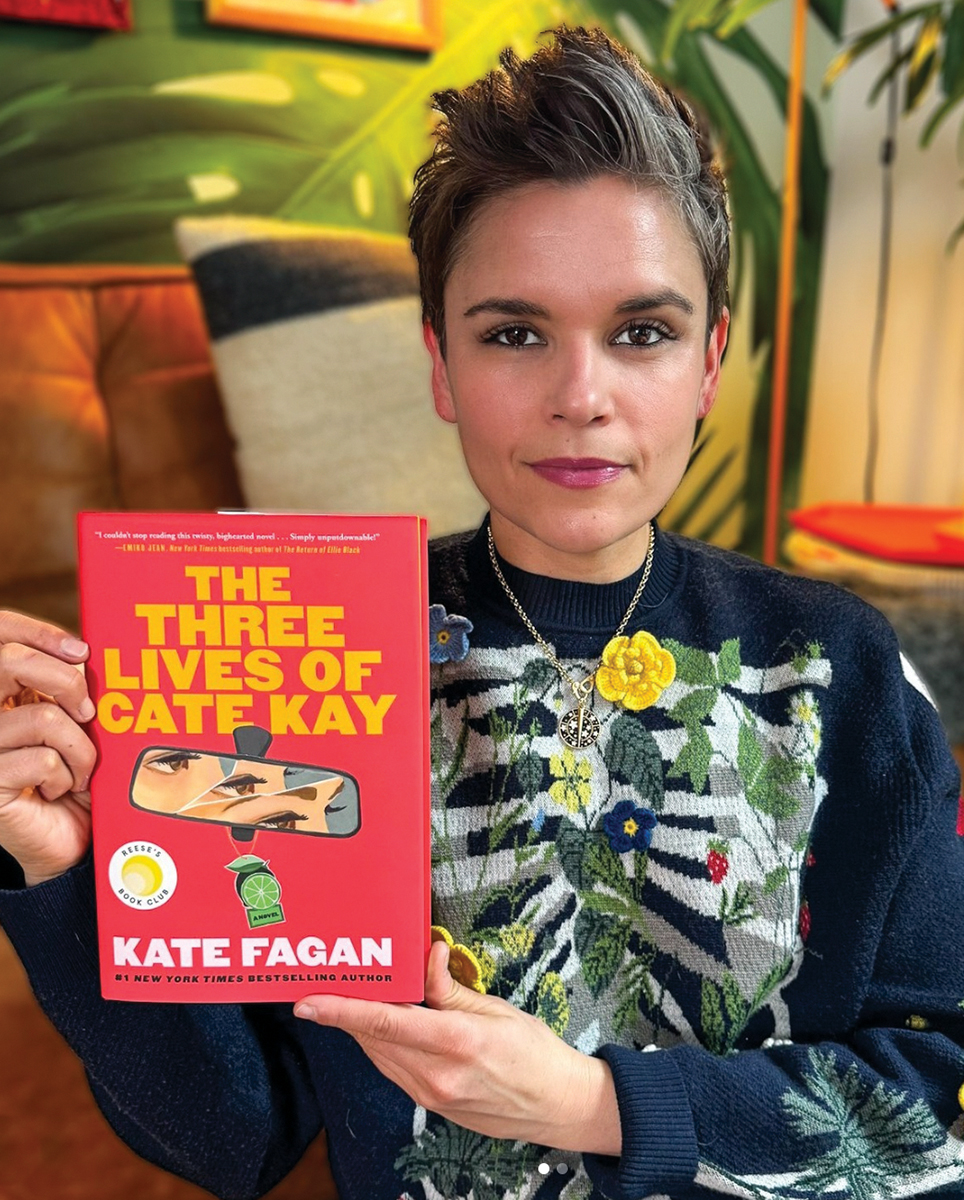

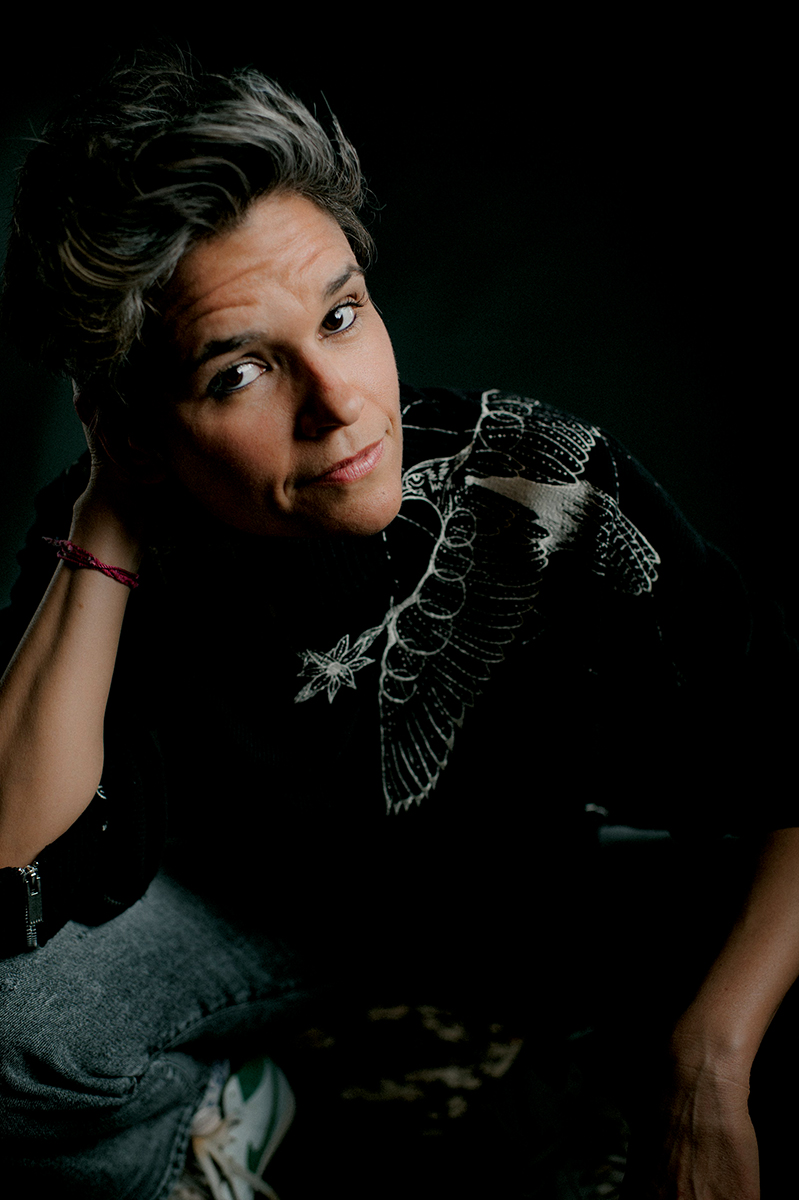
Oh, Kay, Go
The protagonist in Cate Kay grew up in New York around Lake George. She owned a beloved Tom & Jerry T-shirt as a kid. She played basketball. She is gay. She loves watermelon Jolly Ranchers. She wanted to write.
Cate Kay is not Kate Fagan, and the book is not at all autobiographical, but “I’m in the details,’’ says Fagan, who checked all those above boxes, right down to the T-shirt and Jolly Ranchers. “I don’t think it’s a good idea for a debut novelist to be setting a book in biblical times,’’ Fagan jokes. “But I was trying to give myself the best chance. This hadn’t gone well for me, so how could I give myself every opportunity?” Fagan believed her other attempts at fiction failed because they lacked a voice, and so in an attempt to create one, she leaned on one very familiar—her own.
The novel follows two timelines after the main character writes a book that becomes a cultural force in no small part because she, the author, refuses to reveal her identity. Fagan unspools the reason behind the pseudonymous Cate Kate’s anonymity, while laying out both a love story and a tale of friendship and regret. She understands that people might consider that she intentionally wrote the love story between two lesbians to make some sort of statement, and Fagan does delve into the unfair secrecy that stardom demanded between the two women. “It felt intrinsic to me,’’ Fagan says. “If I’m going to spend a year of my life writing about these people, I want them experiencing things that I can relate to. These characters… at least to me, being gay is secondary to the story.”
As she foam-rolled her way through post-writing readings, Fagan liked what she had written. She shipped it off to a few dear friends and they liked it, too. But she knew better than to hope or predict how it would be publicly received. Writing is incredibly personal, and Fagan felt that as she sent it on its way to publishers. “I felt like I was surrendering it to the universe at some point,’’ she says. The universe, fortunately, embraced it. Target picked it up for its book club and Book of the Month added it to its rotation.
And then Reese Witherspoon gave it her rubber stamp of approval, choosing The Three Lives of Cate Kay for her book club’s January read, which is akin to blasting the book into said universe. “This story swept me away with its big dreams, love, and unexpected twists,’’ Witherspoon wrote of Cate Kay on her website.
Fagan is happy with the book’s reception, of course, but commercial success was never really her goal. She wanted to be a capital-N Novelist. And now…? “I think I am someone who has written a novel,’’ she says. “I think you almost have to write two before you get to call yourself a novelist.’’
Fagan pauses and adds, “I am putting out a second novel.’’

